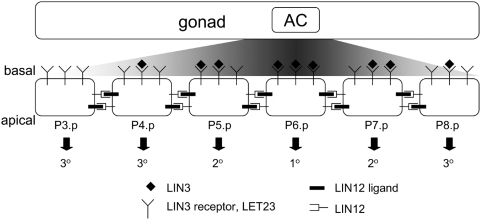Figure 1. Wild-type patterning of C. elegans vulva.
The anchor cell (AC) stimulates the vulva precursor cells Pn.p with LIN-3 in a graded manner. These cells laterally interact with their neighbors through the LIN-12 pathway. The crosstalk between LIN-3 and LIN-12 signaling results in the wild-type pattern of differentiation 3°3°2°1°2°3°. In the wild-type organism, the 1° vulval lineage generates progeny that forms the orifice and connects to the uterus, while the 2° vulval lineage generates progeny that form the vulval lips and connect to the body epidermis. The daughters of the 3° cells fuse to the surrounding syncytium and do not contribute to the vulval tissue.

